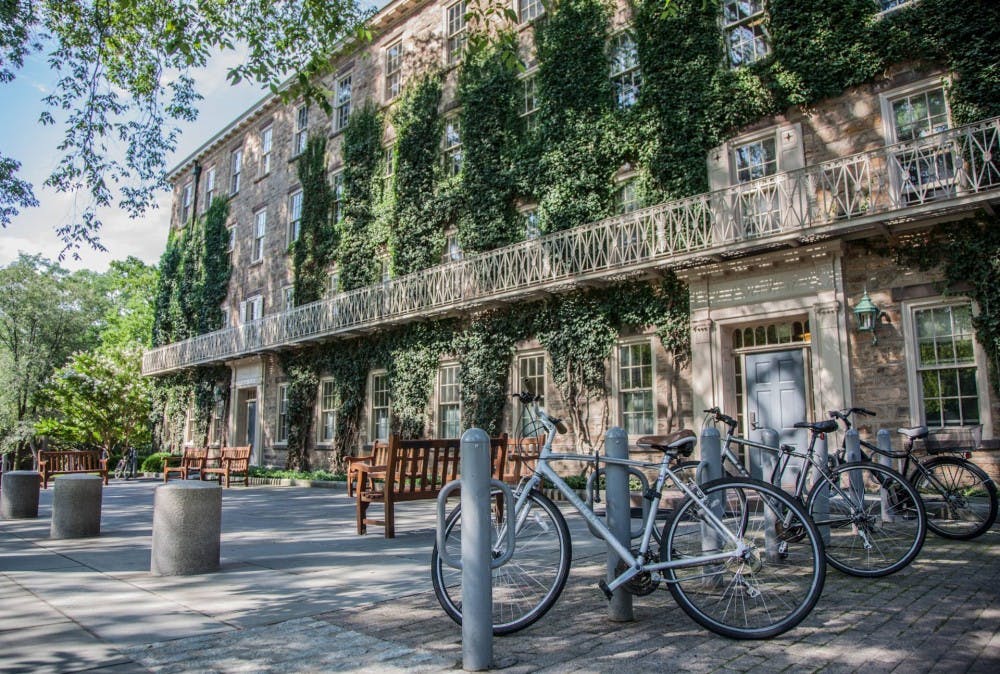The recent college admissions scandal, which continues to captivate the nation’s attention, has laid bare the issues that have festered at the heart of college admissions for many years. The government’s indictment of parents who illegally manipulated their children’s applications makes clear how wealthy parents obsess on the prestige of certain colleges. It appears that implicated parents wanted their kids to attend schools such as Yale, Stanford, and the University of Southern California, not because they believed those schools offered the best educational opportunities, but because they communicated a certain level of achievement to other families.
And in reality, that prestige is the only benefit these families would get from placing their kids in top-tier institutions, as recent research shows that attending a prestigious institution has a negligible effect on the economic outcomes of the richest in America. That same research, however, shows that an Ivy League-caliber education can have a considerable positive effect on students from low-income backgrounds. Despite this reality, children of parents who are in the top 1 percent of earners are 77 times more likely to attend an Ivy League school than children of parents who are in the bottom quintile of earners.
People hold up the United States as a place where all children have equal opportunity to succeed. In today’s society, in which education plays a crucial role in one’s prospects for success, that means colleges and universities play a significant role in making this vision a reality. They therefore have a responsibility to promote social mobility. They must be accessible to all Americans. Statistics show they have failed to be so.
The University and its peer institutions currently have student bodies that are not representative of the United States. A 2017 study found that only 2.2 percent of Princeton students come from families in the bottom 20 percent of income earners, while 72 percent come from families who are in the top 20 percent. Children of upper-class families reap the rewards of an Ivy League-caliber education at much greater rates than children from low-income backgrounds.
One might argue that it is not a university’s responsibility to worry about how its admission practices allow for the continuation of class inequality. They should just determine who has the best grades, test scores, and résumés and admit those people.
But colleges cannot function in a vacuum. Doing so only perpetuates the status quo that exacerbates income inequality by privileging the wealthy — who can afford private schools and SAT prep and college counselors — at the expense of everyone else.
The University and peer institutions have immense power to promote social mobility in the United States. For Princeton’s class of 2013, 66 percent of students who were from the bottom fifth of the income ladder moved up to the top fifth of earners. Thus, for children from low-income families, access to an Ivy League-caliber education makes a large difference in their economic prospects.
Yet from 2001 to 2011, the number of students from the bottom fifth of earners at Ivy League schools has stagnated. Low-income students have been consistently shut out of one of the most effective ways to rise up the socioeconomic ladder, and if equality of opportunity is ever to truly exist in the United States, top-tier universities like Princeton need to be more proactive in increasing access of education to more people.
Policies such as affirmative action show that colleges do recognize their responsibility to reduce the inequalities in society. It shows they understand the historic injustices people of color have faced, and their ability and responsibility to help right those wrongs.
The continued prominence of practices such as legacy admissions, however, shows they have yet to seriously consider the full extent of the effort they must put forth if they want to achieve this goal. Princeton’s Class of 2022 has almost twice as many legacy students as black students. Legacy admissions tend to favor the wealthy. It plays a significant factor in how current socioeconomic inequalities are reproduced, and thus acts as a hindrance to the social mobility colleges should promote. Eliminating the program all together, or limiting the role legacy status plays in admissions, would show a true commitment to achieving such social mobility.
Additionally, the University can follow in the steps of its peer institutions, which offer diversity open houses that target prospective low-income students and students of color during the application process. These programs give underrepresented students a window into life on campus. Implementing such a program here would show a commitment to increasing access and mobility.
The facts are clear: accepting students from low-income backgrounds can help alleviate the ever-growing income inequality that exists in America. The question is: are schools like Princeton willing to challenge the status quo and make the education they offer accessible to low-income Americans? If we want education to serve as the path up the socioeconomic ladder, the answer needs to be yes.

Shannon Chaffers is a first-year from Wellesley, MA. She can be reached at sec3@princeton.edu.








